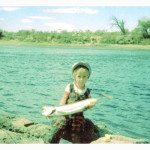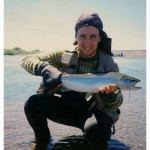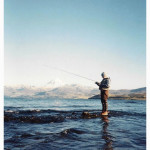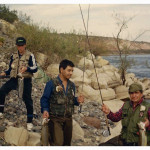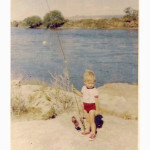Ruben Martin atador y pescador profesional
I started fishing with my father at 4 years old with traditional techniques like live bait fishing and spinning in large lakes and rivers which are in Argentina Patagonia environments who shaped my spirit in the activity. At 8 years old, without even fly fishing, I became interested in the art of building flies, and started completely self-taught.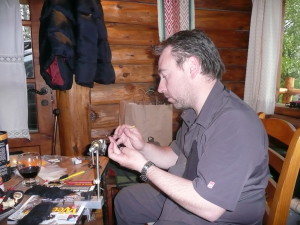
Some years later and with a fly rod in hand I was lucky to find a great master in the art of tying flies, his name was Carlos Govino and was an exceptional guide in this unique art.
Fishing has always been a philosophy to me in itself and in its long journey never distracted me from its essence, thus the spirit of my search in fly tying was always catch fish.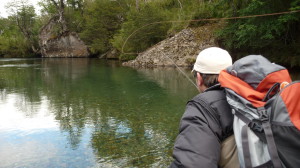
Eventually my search took me to great masters of fly fishing and tying through his excellent bibliography, I was incorporating more scientific knowledge based on the fish, their behavior and habitat in which they live and in this way I found plenty of concepts and styles that were slowly forging my work, from some universal masters of fishing and fly tying up the work of Ivan Pavlov in the area of animal behavior.
Currently my work is characterized as the result of a simple concept: find the perfect flies to always fool the fish. This may seem obvious but it means that the conceptual design elements do not work if you only play a mere ornamental sense or if they sacrifice important aspects that makes our decoy become an “small sculpture” beautiful, complex and admirable … but useless for fishing.
The fly tying materials I use are those that allow me to achieve what I want in the fly and everything around us can become a fly tying material, can be traditional or alternative, synthetic or natural, it is so important to me to fly tying, an exotic feather as a small piece of plastic sheet of a recyclable container.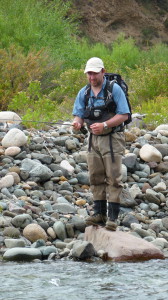
A fly must possess many vital aspects so the fish shows interest on it, a fish can take a fly by confusing it with food, by irritation or out of curiosity and that’s why we must play with variations such as size, color, shape, texture, movement , transparency, reflection and refraction of light and other aspects that make up a complex and subtle formulates whose secret is known only by mother nature … we’re just clumsy imitators in the search for a perhaps unattainable perfection, and it is precisely there where it lies magic to trick a fish with a lure.
Ruben Martin


